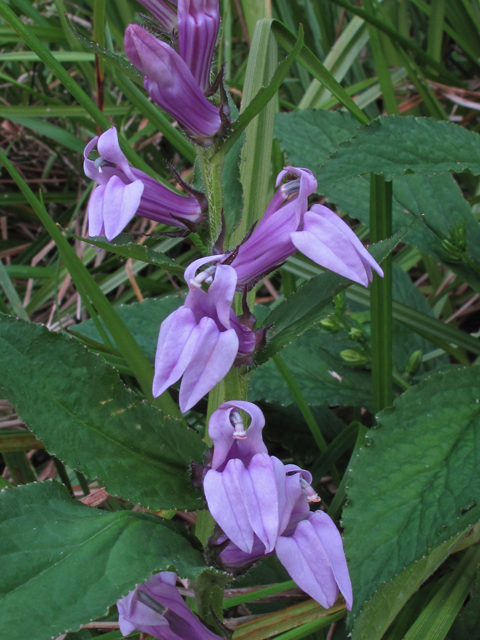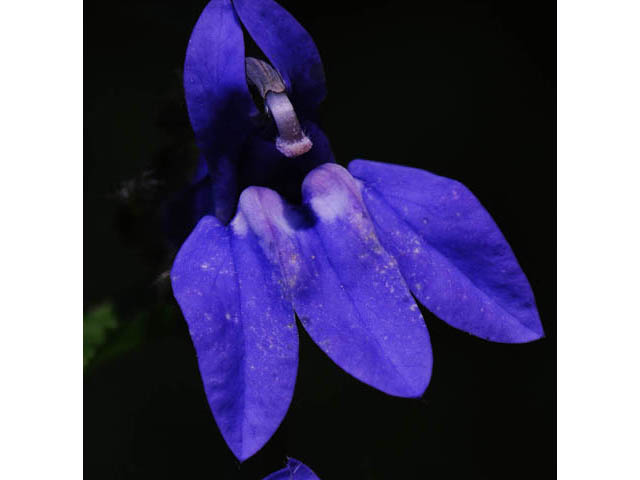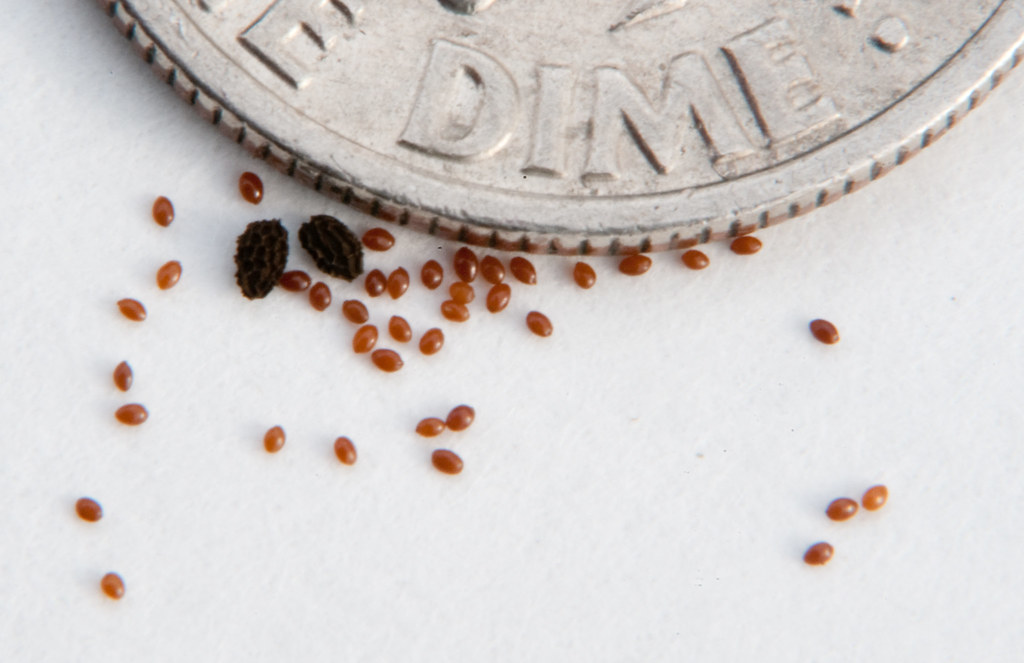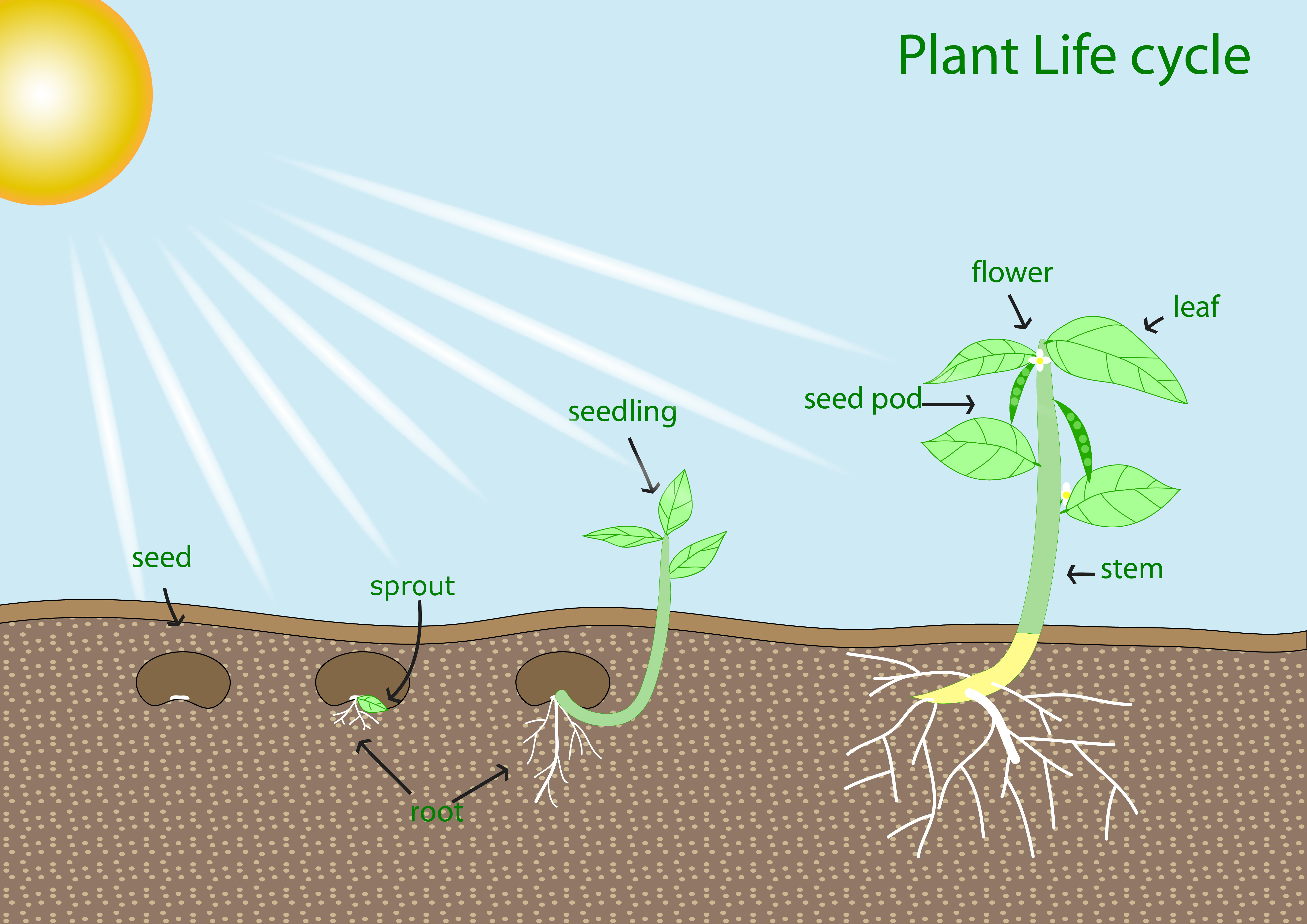Dig Into Plants: Great Blue Lobelia
| Great Blue Lobelia Other Common Names: Blue Cardinal Flower, Great Lobelia Scientific Name: Lobelia siphilitica Native to Alabama: Yes |
Lady Bird Johnson Wildflower Center
R. W. Smith Click on image to enlarge it |
Learn more about...
| Ecological Benefits |
| This plant provides food for: | |||
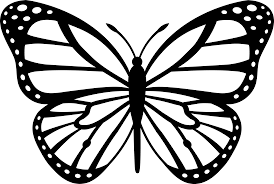 |
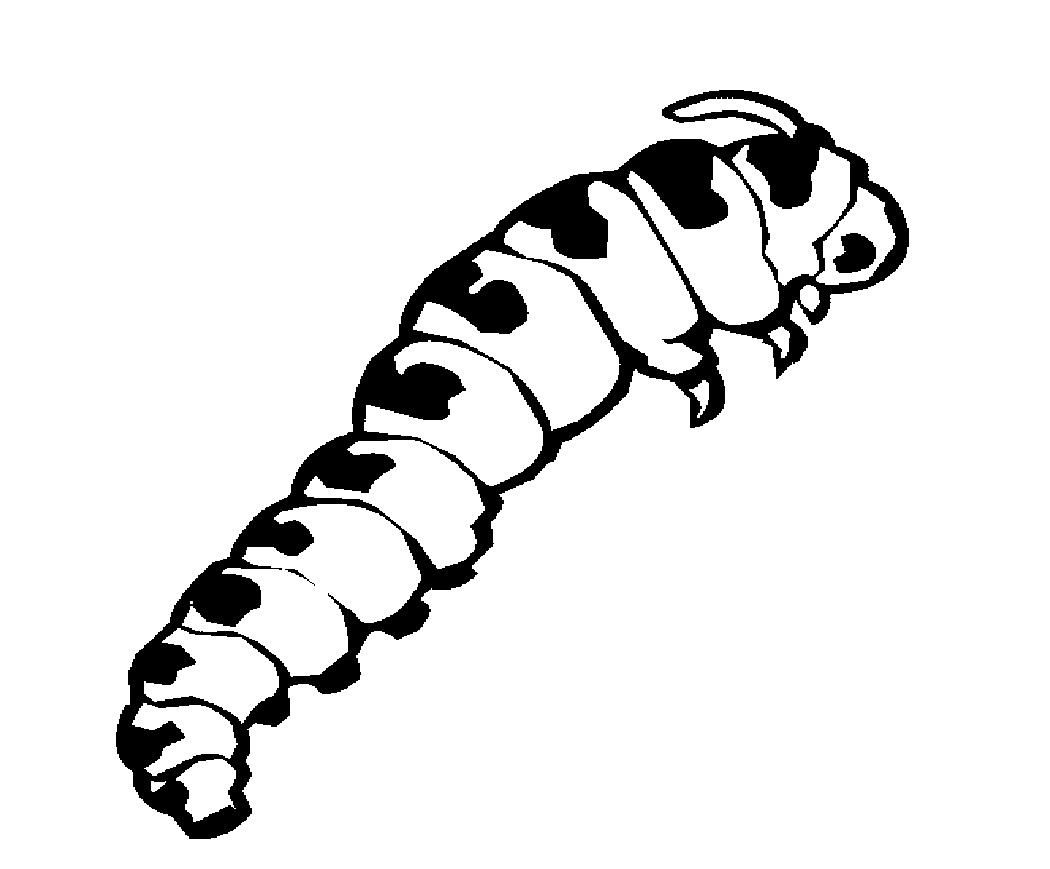 |
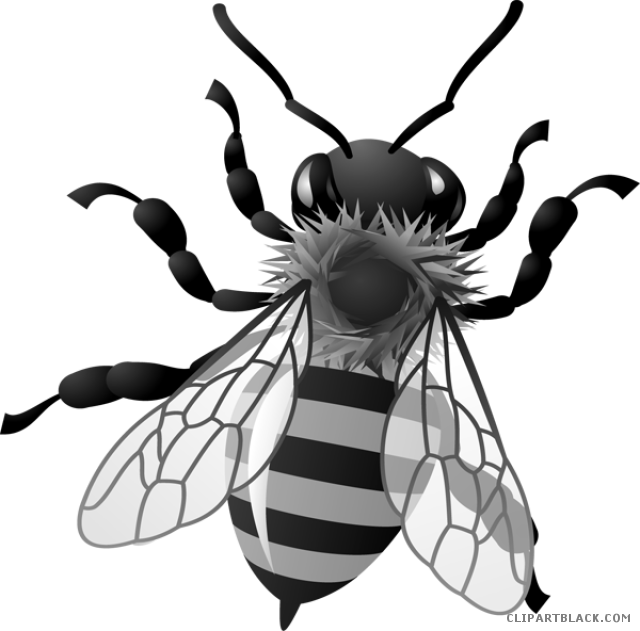 |
 |
| Butterflies |
Caterpillars Pink-washed Looper Moth |
Native Bees |
Hummingbirds |
| Other Plants Found in Alabama with Similar Ecological Benefits: |
|||||
|
|
Cardinal Flower
(Lobelia cardinalis)
|
Pale-spike Lobelia (Lobelia spicata) |
|||
 |
 |
 |
|||
|
|
|||||
| Leaf, Flower & Seed Identification | ||||||
| LEAF DESCRIPTION |
Lady Bird Johnson Wildflower Center
Alan Cressler Click on image to enlarge it |
|||||
| Leaf Characteristics Chart (PDF) | ||||||
| Shape: Lanceolate |
Margin: Dentate |
Arrangement: Alternate |
Form: Simple |
|||
|
|
|
|
|
|||
| Description: | ||||||
|
Green; 2-6 inches long and pointed at the tip; 2 inches wide; finely toothed; stem is ridged
|
||||||
| FLOWER DESCRIPTION | |||||||
| Flower Shape Chart (JPG) | |||||||
| Color: Blue |
Tubular |
Bloom Months:
Jul - Sup
|
|||||
| Description: | |||||||
|
Light to dark blue cluster of flowers on showy inflorescence; tubular flowers - bottom lip stands out more than the top lip; flowers on un-branched leafy stalks
|
|||||||
| SEED DESCRIPTION |
Click on image to enlarge it
|
||||
| Type: Fruit - Dry Seed Pod |
Description: Fruit is small capsule covered by find ridges; turns reddish brown in the fall; splits open to release many dust-like seeds |
Months in Seed: Fall |
|||
| Plant spreads by: Seeds |
|||||
ADDITIONAL RESOURCES FOR TEACHERS
| Quick Fact Sheet (Condensed Species Info) |
Plant ID Sign: Ready as-is PDF |
Plant ID Sign: Editable Word Doc |
QR Code (Links to this Webpage) |
INFORMATION SOURCES FOR THIS PLANT
 |
 |
|
|
|
|
|
 |
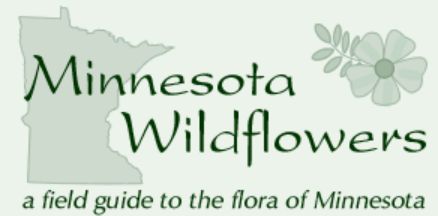 |
 Wildlife Tag
Wildlife Tag
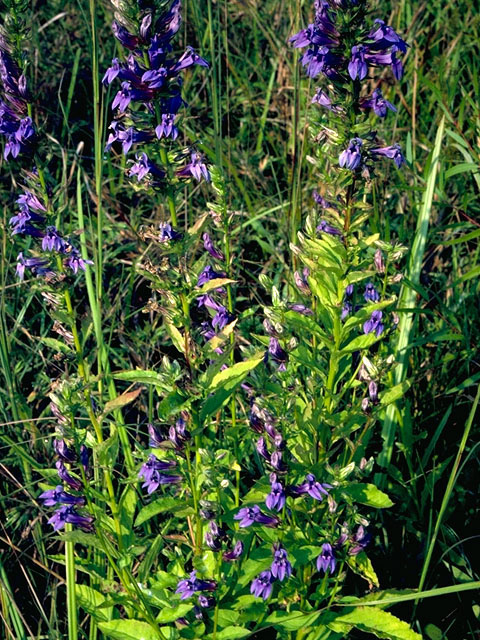




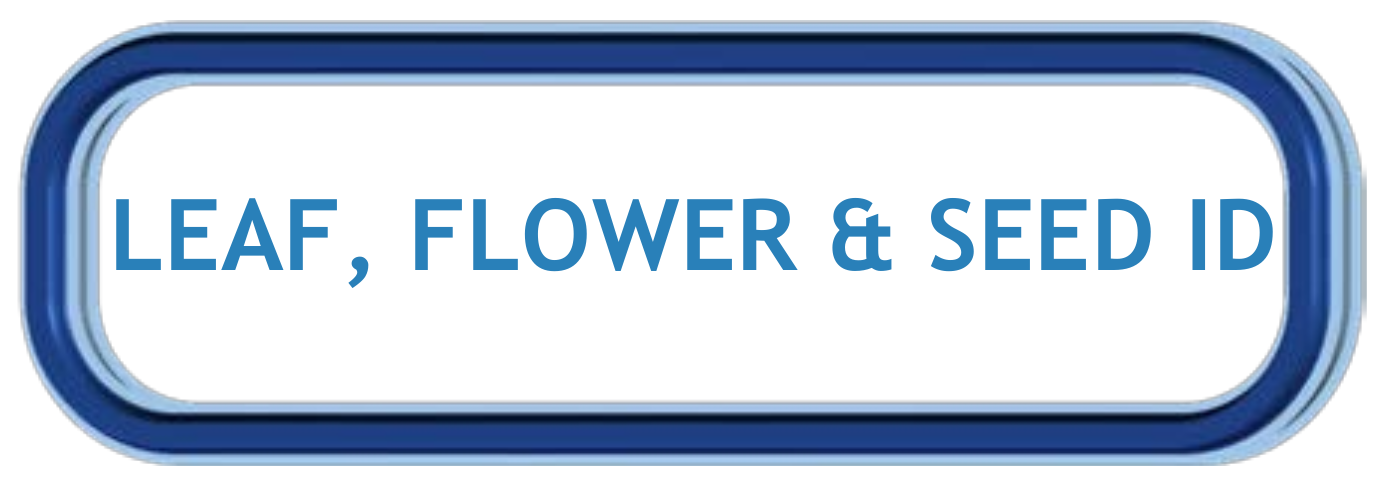

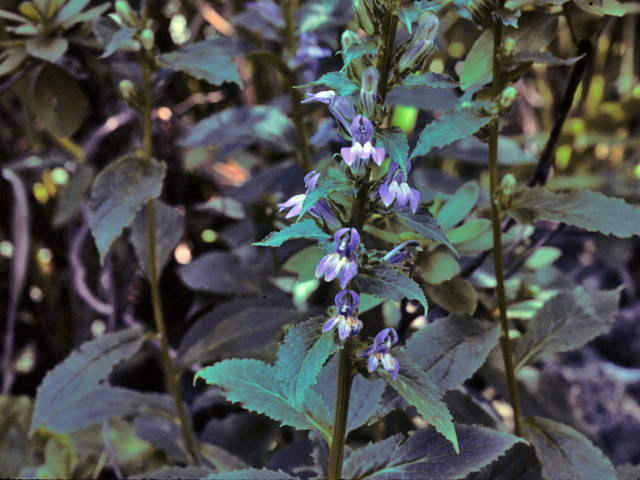
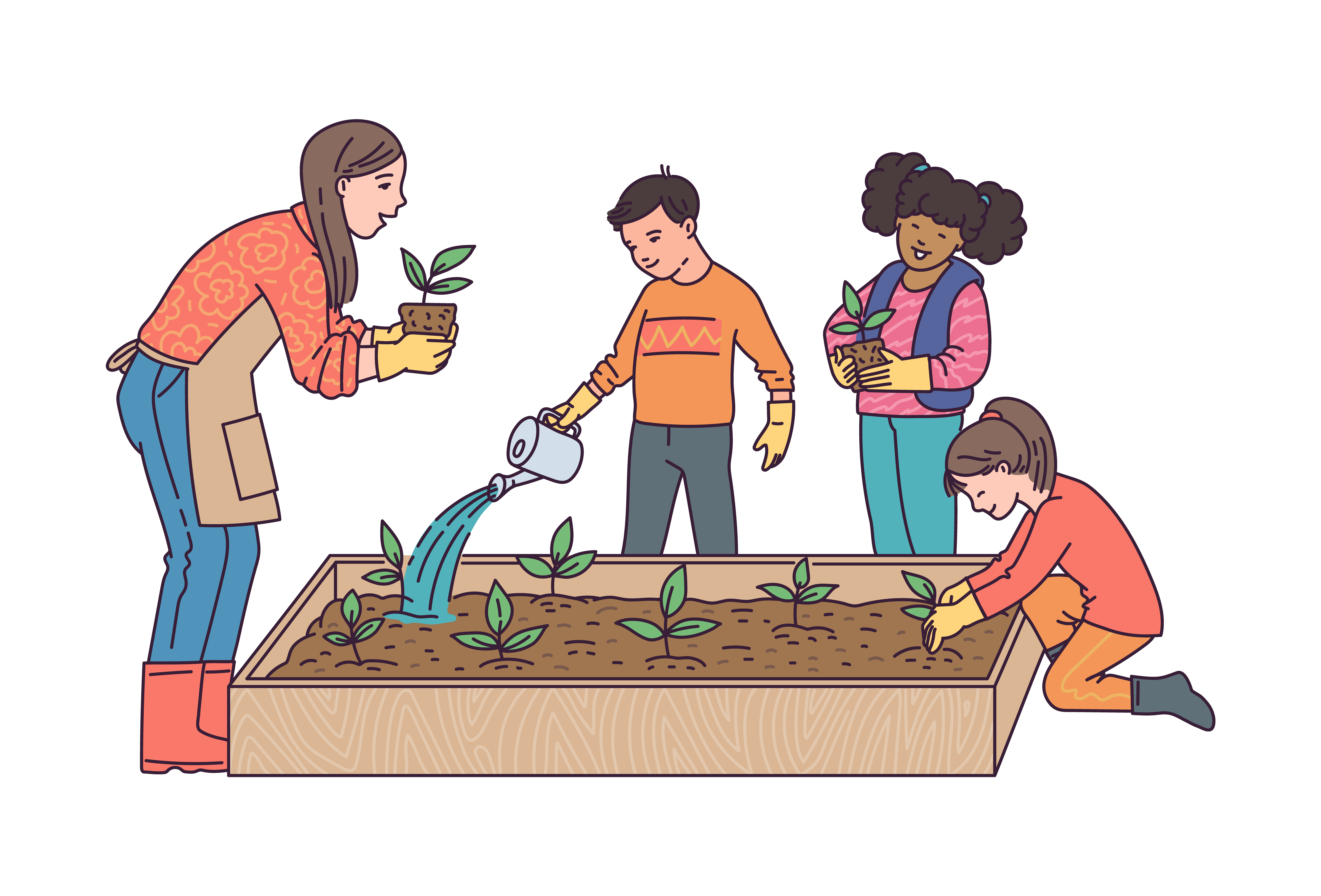
 Shade
Shade 
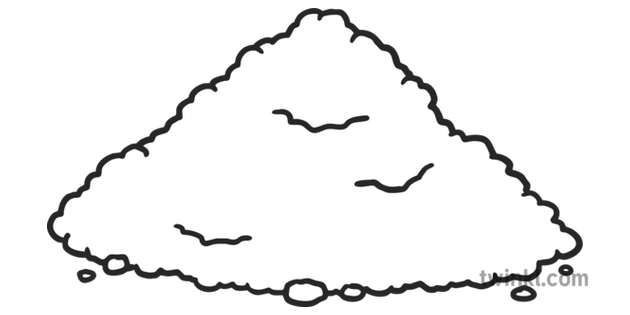 Sandy, Loamy, Clay,
Sandy, Loamy, Clay, 